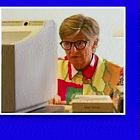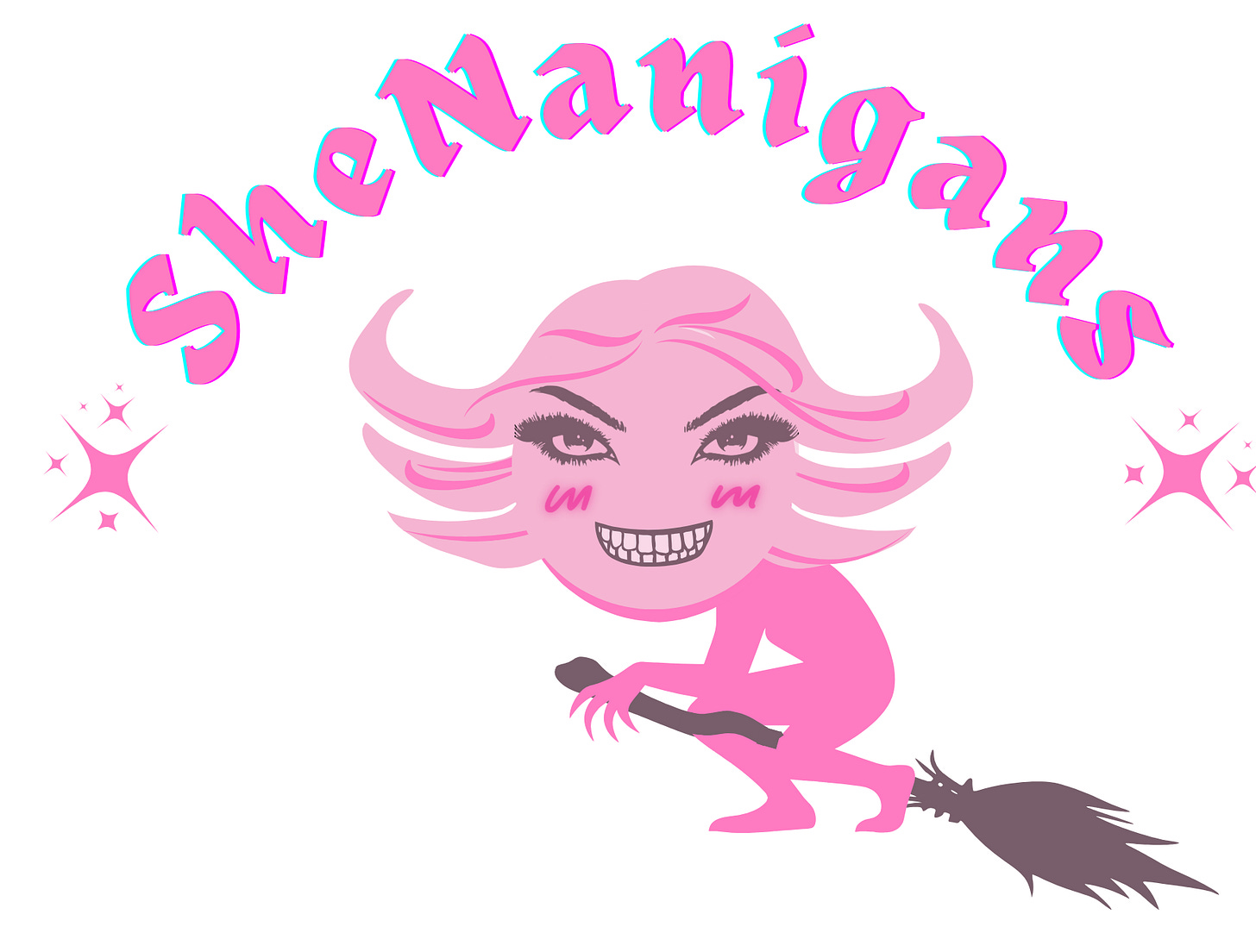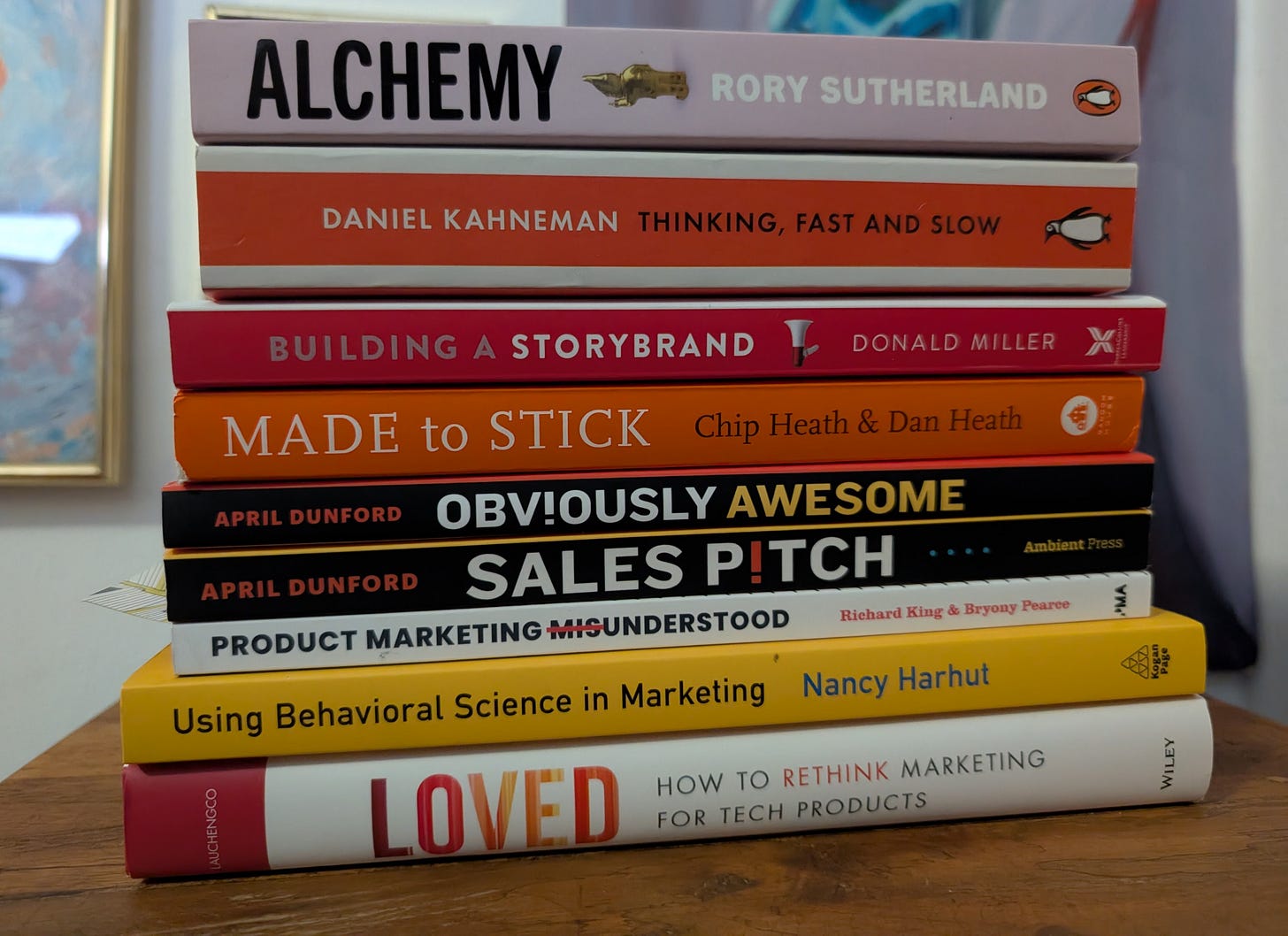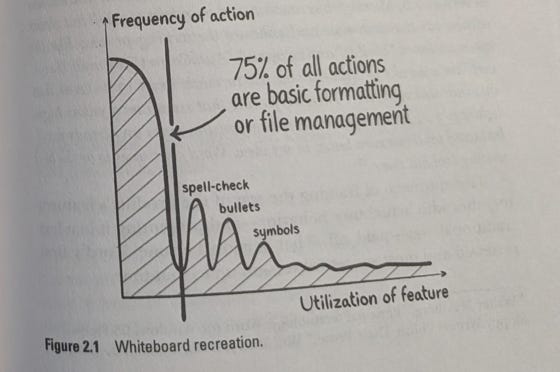Failed extension, angry geese, and the red squiggly line
This week, I was going to play PMM pretend for the SheBonk extension I built with Lovable, creating a GTM strategy, setting up the channels, etc. First Chrome Store submission got rejected, which delayed my plan and busted my bubble of hopes and dreams for this post.
SheBonk, the labubu smacker, experiences first Chrome Store rejection :(
SheBonk, the silly Chrome extension I submitted to the Chrome Web Store last week, got rejected because, as a first-timer, I submitted a very messy package. Disappointed and sulking because I failed SheBonk, I cleaned up the folder and docs and resubmitted it for another review.
If you missed the story about SheBonk, you can read it here.
Anyway, I’m back in the waiting game x2.
SheHonk, a productivity guardian, joined the Chrome Store approval queue
A natural reaction to getting your extension rejected is to immediately create a new one.
I give you SheHonk, a productivity extension that lets users block specific websites during a customizable work schedule. If a blocked site is accessed during work hours, the screen is taken over by angry geese, helping users stay focused.
The geese gang already has a small waitlist on LinkedIn. 💅
Watch the demo (sound on, please) below.
Until I get to document some PMM work for these baddies (or dare I say SheNanigans), I’m pouring knowledge into this B.
Building up my PMM knowledge with a ridiculous book order
No time to cry over having no idea what I’m doing in Lovable and praying for the best while debugging and failing. My order of PMM books just arrived.
I put together this collection of titles based on recommendations, raving Reddit reviews, and much-needed LLM guidance. ChatGPT helped me come up with the following logical reading sequence:
LOVED: How to Rethink Marketing for Tech Products — Martina Lauchengco
Product Marketing Misunderstood — Richard King & Bryony Pearce
Thinking, Fast and Slow — Daniel Kahneman
Using Behavioral Science in Marketing — Nancy Harhut
Obviously Awesome — April Dunford
Building a StoryBrand — Donald Miller
Made to Stick — Chip & Dan Heath
Sales Pitch: How to Craft a Story to Stand Out and Win — April Dunford
Alchemy: The Dark Art and Curious Science of Creating Magic in Brands — Rory Sutherland
Crossing the Chasm — Geoffrey Moore
I integrated these into my always-in-progress self-learning curriculum as well.
How product features come to life: The story of Word’s red squiggly line
This week, I’m reading LOVED: How to rethink marketing for tech products by Martina Lauchengco. Such a page turner! A book review is coming soon, but until then, I want to share with you how Word’s red squiggly line came to life. If you already own the book, you can find this in the second chapter, The Fundamentals of Product Marketing.
Believe it or not, today’s beloved and ubiquitous auto spellcheck wasn’t always a thing. It all started with a tight launch deadline that pushed the Microsoft team into a feature development spiral: not enough time to build big, new features, but just enough to turn to scrappy creativity.
With only a few weeks until launch, a product marketer started digging through user data, based on keystrokes, to find out which features were the most used and which were underused. They found that most actions (about 75%) were really simple things like formatting and file management.
Among the least used features was spell check, because the version of Word at the time required users to press a button to run a document’s grammar check. People just didn’t bother with the extra steps or often forgot the feature even existed.
That insight flipped the problem on its head. Instead of asking what big new feature we can add, the team reframed it as how we can make the everyday stuff easier and more valuable.
That’s when the red squiggly line was born. Instead of hiding spell check behind a button that few people remembered to click, Word started flagging mistakes in real time.
A tiny visual nudge transformed an underused feature into one of the product’s most indispensable helpers.
When Word launched with the squiggly underline, it surprised everyone. Reviewers raved. The Wall Street Journal even said Word felt like its best version yet.
What I’m taking with me this week
Small insights, tiny nudges, and messy first attempts can lead to surprisingly big results. Sometimes you get rejected, sometimes angry geese appear on your screen, and sometimes the feature you almost ignored becomes indispensable.
Here’s to a productive week ahead of us. 🥂
You in?








Interesting story! I had no idea about the red line feature. I imagined it was always there since the beginning of spellcheckers. Best of luck with the extensions!
So sad the extension didn't make it in Chrome. I hope at least the angry geese would get the recognition 🙏🏻. Couldn't have thought of a more annoying way to block a website.